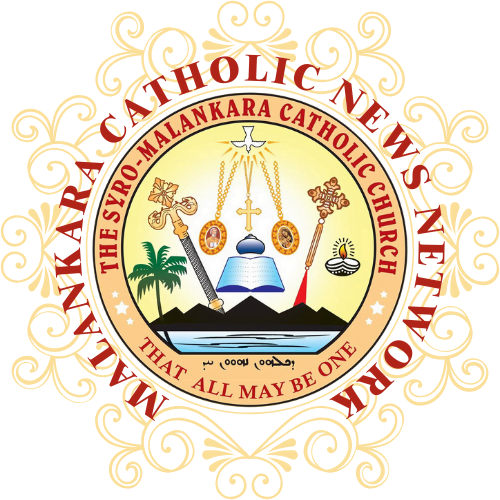Bishop Cyril Mar Baselios of Bathery was appointed archbishop of Trivandrum and head of the Syro-Malankara Church Nov. 29, ending the Oriental-rite Catholic Church´s year-long wait.
“The universal Church is happy that Malankara Catholics have got a new leader,” said Archbishop Joseph Powathil of Changanacherry, president of the Catholic Bishops´ Conference of India (CBCI).
Archbishop Mar Baselios, 60, will be the third prelate to head the Syro-Malankara Catholic Church, which joined the Catholic fold from the Jacobite Church in 1930 under the leadership of the late Archbishop Mar Ivanios.
Archbishop Benedict Mar Gregorios, who succeeded the late Archbishop Ivanios in 1955, led the Church for nearly 40 years before his death in October 1994.
The new appointment “filled the void caused by the death of Archbishop Gregorios,” Archbishop Powathil said while congratulating the new archbishop in Thiruvananthapurum, capital of Kerala state, southern India.
The new archbishop is a member of his Church´s only religious congregation, the Order of the Imitation of Christ (OIC), and was once its superior. Archbishop Gregorios was a member of OIC, which Mar Ivanios founded in 1919.
The installation of the new archbishop, who has a doctorate in canon law and taught theology will be Dec. 14 in Thiruvananthapuram, Church sources said.
Archbishop Baselios, the fifth of 10 children of a peasant family in central Kerala, was ordained a priest in 1960 and sent to Rome for higher studies.
The new Malankara leader, whose four sisters became nuns and three of his brothers priests, became the first bishop of Bathery diocese, erected in 1978 as the third Malankara diocese.
When Pope Pius XI constituted the Malankara Catholic hierarchy in 1932, it comprised only Trivandrum archdiocese and Tiruvalla diocese.
The Malankara Church, youngest of the 21 Oriental Catholic Churches, has 350,000 members, mostly in Kerala.
Leaders of the Latin and Syro-Malabar rites congratulated the new Archbishop in Thiruvananthapuram and joined laypeople to accept his blessing in St. Mary´s Cathedral, where the announcement was made.
Auxiliary Bishop Lawrence Mar Ephraem of Trivandrum announced the appointment and bishops and priests of other rites and denominations pledged to cooperate with the new Malankara-Church head.








